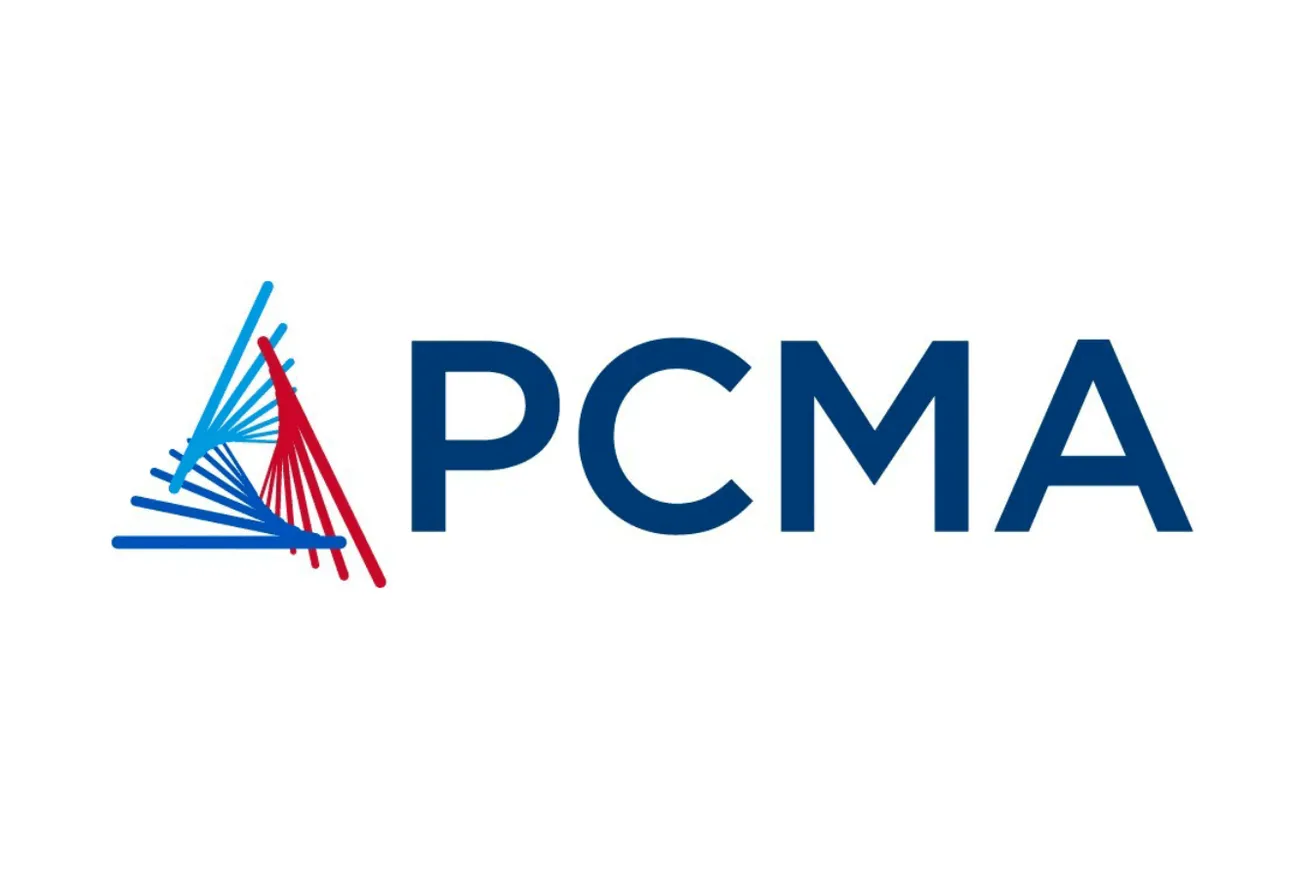DENVER – Today the non-profit Greeting Card Association (GCA) submitted comments to the Postal Regulatory Commission (PRC) urging it to limit excessive increases for stamps and other postage and to put in place requirements to control costs and preserve mail volume.

“This proceeding is a critical opportunity for the PRC to get stamp prices under control and preserve critical mail volume,” said GCA Public Affairs Committee Chairman, Tom Shoaf. “The Commission has just indicated that USPS rate increases are ‘not prudent… and not consistent with the best interests of all stakeholders,’ but approved a massive increase because it had no legal basis to reject it. Part of the problem is the rules it created for itself and now is the time to change them.”
This filing comes as the Forever Stamp is due to increase by a nickel on July 14th. The last time the USPS imposed a nickel increase, greeting card volume in the mail dropped significantly and wiped out three years of growth that had brought in 160 million more cards into the mail through cooperative marketing. Under the USPS’s Delivering for America plan, twice-a-year rate increases at excessive levels have severely decreased mail volume, yet have gone forward unchecked by the PRC because of its 2020 decision to increase USPS rate authority greatly. Following the passage of the 2022 Postal Service Reform Act law that contributed to the elimination of $120 billion in USPS liabilities that year, the GCA petitioned the Commission to review USPS rate limits and is pleased it has moved this proceeding forward, which was originally not set to start until 2025.
The GCA filing asks the commission to eliminate the density surcharge intended to solve volume declines but which has only deepened them and to put requirements in place to reduce costs and consider the impact of future rate increases on volume. The PRC was created in 1970 to hold the USPS monopoly accountable to the public interest. However, after the 2006 postal reform law, it allowed the USPS too much discretion to raise prices without an effective means of challenging the hikes. Earlier this year, the GCA cosponsored economic research finding that the USPS analysis of the impact of increases on mail volume used to set prices is severely flawed and has led to billions in lost revenue from excessively high rates. GCA applauds the Commission for moving up this proceeding and hopes that it will take corrective action to restore limits on postage prices that provide predictability for mailers and promote efficiency from the USPS.








